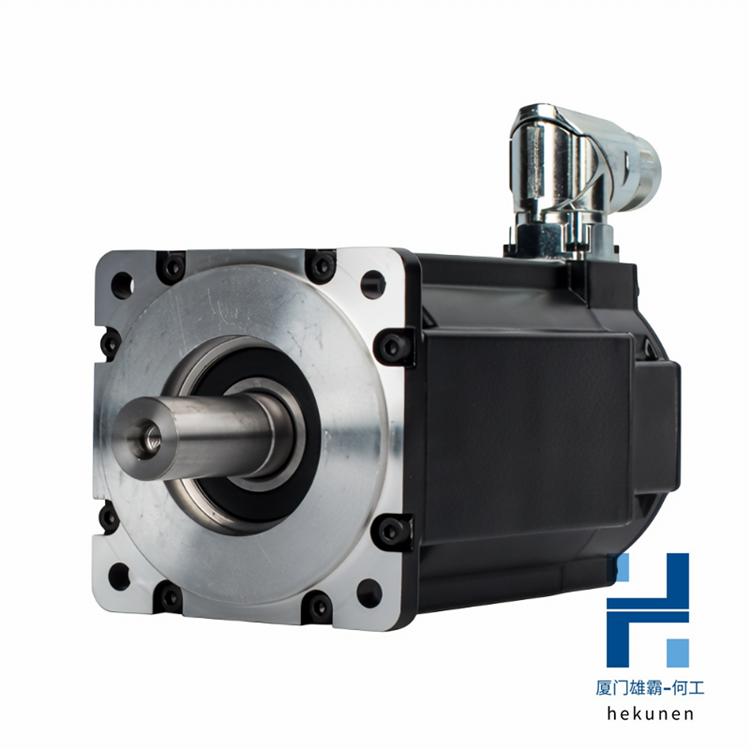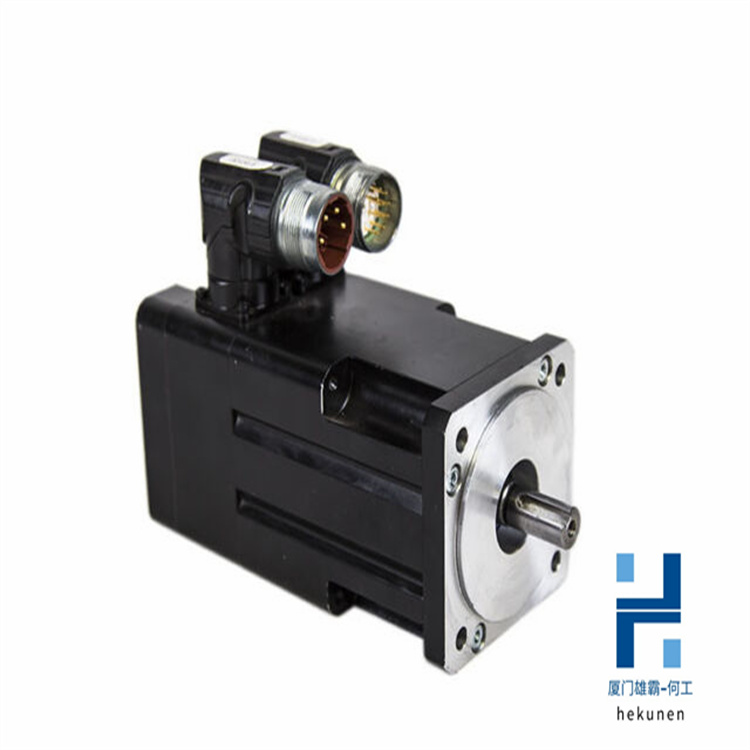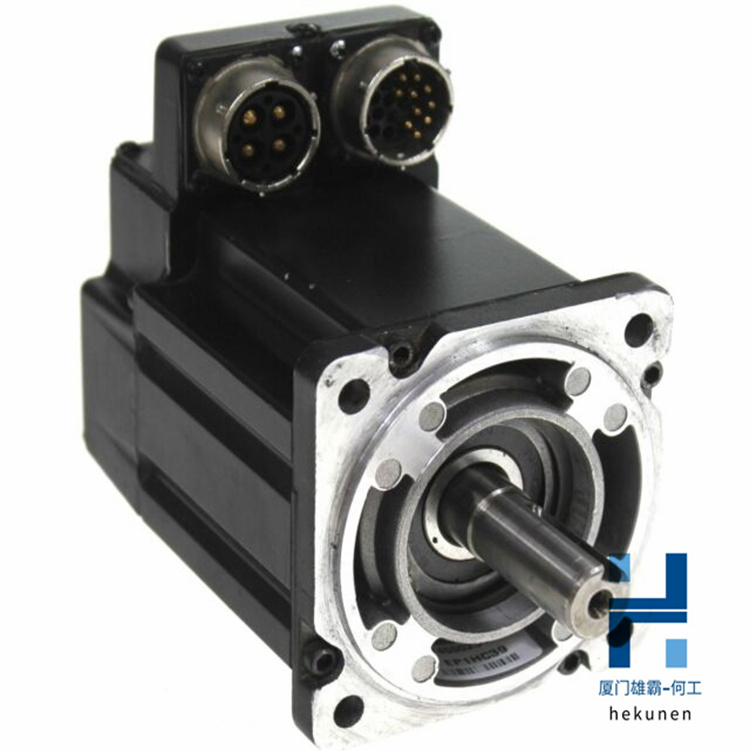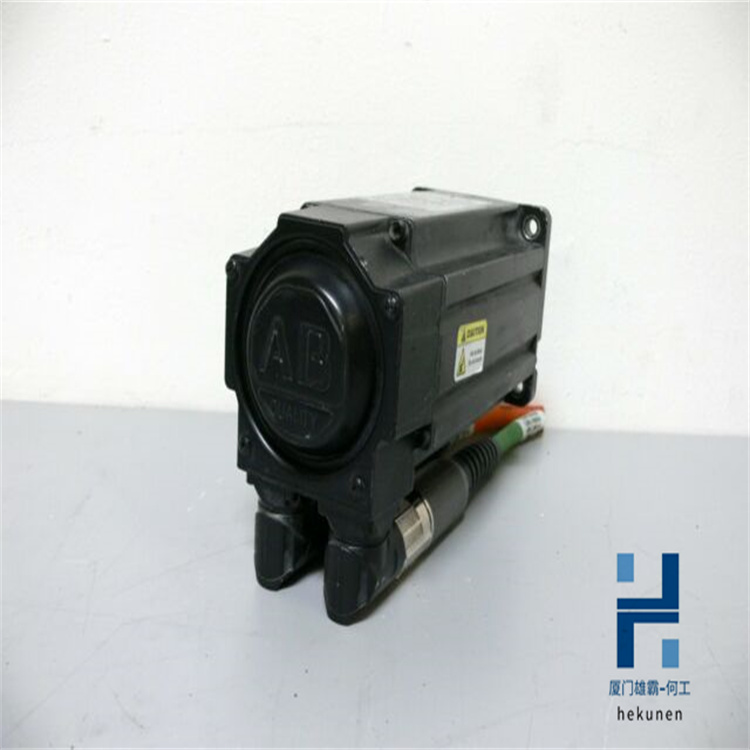服务热线
13313705507


型号: 1326AB-B730E-X113
联系人:何经理
手机:13313705507
QQ:2235954483
邮箱:2235954483@qq.com
地址:厦门市思明区吕岭路1733号万科创想中心2009室





PROFINET 是 PROFIBUS 国际 (PI) 工业以太网标准,旨在通过基于以太网的基础设施进行自动化控制通信。
PROFINET 设备可能需要不同的通信速度,具体取决于自动化过程的类型。PROFINET 协议支持三种通信等级,每一种都具有不同程度的时间敏感性。这些是非实时 (NRT)、实时 (RT) 和同步实时 (IRT) 通信。
PROFINET RT 和 IRT 通信类别涉及标准以太网上的循环数据交换,并且直接在第 2 层上进行,无需任何 TCP/IP 开销,以大限度地减少延迟。这意味着在 RT/IRT PROFINET 环境中,数据帧是根据设备的 MAC 地址转发的。因此,为支持 RT 或 IRT PROFINET 应用程序而部署的任何底层网络基础设施对于所有连接的 PROFINET 设备都是完全第 2 层透明的,这一点至关重要。
基于 PROFINET 的通信的性能受限于底层网络基础设施的性能上限。为了提供在不同网络基础设施组件上可靠运行的灵活性,可以自定义 PROFINET RT 通信的循环数据交换率,以适应任何基础设施限制或适应自动化环境。
在使用 Siemens TIA Portal 的示例中,IO 周期 > 更新时间参数定义了 PROFINET IO 控制器和 IO 设备之间的通讯更新间隔。IO 周期 > 看门狗时间参数指定在报告链接故障之前连续响应失败的次数,这取决于流程设计,通常会触发错误处理或安全模式,从而停止自动化流程。

PROFINET (PN) 通信也可以通过标准的 IEEE 802.11 无线连接来实现。虽然某些 PROFINET IO (PNIO) 设备具有内置的无线客户端功能,但大多数 PNIO 仅支持以太网接口。在这些情况下,系统集成商需要将 PNIO 连接到充当无线适配器的无线客户端设备,以便与 PN 控制器进行通信。
尽管随着 IEEE 802.11 标准的每次新迭代,无线技术随着时间的推移而有所改进,但重要的是要注意,与完全有线的基础设施相比,设计无线网络本质上更加复杂。
为了设计和部署正确的无线解决方案来支持 PROFINET 通信,需要考虑无线网络的几个关键方面。其中包括 L2 透明度限制、更高延迟和射频 (RF) 管理,以配置无线环境以获得佳性能。
以下部分介绍了集成商在为基于 PROFINET 的应用设计 IEEE 802.11 工业无线网络时需要考虑的注意事项和挑战。当今工业自动化和控制系统中观察到的典型无线集成场景依赖于外部无线设备作为 PROFINET IO 的无线适配器。
在设计无线网络时系统地评估这些区域非常重要,尤其是在用于基于 PROFINET 的关键控制和自动化过程时。本文档的以下部分将概述几个典型的无线部署场景,每个无线设计考虑如何与不同的场景相关,以及 Moxa 解决每个场景带来的挑战的解决方案。

WLAN 基础架构概述
在评估潜在的 WLAN 解决方案之前,建议先彻底审查并确定应用程序的要求。由于不同的 PROFINET 应用程序需要不同类型的架构,因此需要考虑的一些变量是:
工业领域普遍采用的不同类型的无线部署(例如点对点 (P2P) 和点对多点 (P2MP) 拓扑)适合两种主要配置之一:AP/客户端或网桥配置。


PROFINET (PN) communication can also be realized over a standard IEEE 802.11 wireless connection. While some PROFINET IO (PNIO) devices have built-in wireless client capabilities, the majority of PNIOs only support Ethernet interfaces. In those cases, system integrators will need to connect the PNIO to a wireless client device that acts as a wireless adapter to communicate with the PN controller.
Even though wireless technology has improved over time with every new iteration of the IEEE 802.11 standard, it is important to note that designing a wireless network is inherently more complex compared to fully wired infrastructure.
In order to design and deploy the right wireless solutions to support PROFINET communication, several key aspects of wireless networking need to be taken into consideration. These include L2 transparency limitations, higher latency, and radio frequency (RF) management to configure the wireless environment for optimal performance.
The following section describes the considerations and challenges integrators need to take into account when designing IEEE 802.11 industrial wireless networks for PROFINET-based applications. Typical wireless integration scenarios observed in industrial automation and control systems today rely on external wireless devices to serve as the PROFINET IO’s wireless adapter.
It is important to evaluate these areas systematically when designing wireless networks, in particular when used for critical PROFINET-based control and automation processes. The following sections of this document will outline several typical wireless deployment scenarios, how each of the wireless design considerations relate to different scenarios, and Moxa’s solution to address the challenges presented by each scenario.
WLAN infrastructure overview
Before evaluating potential WLAN solutions, it is recommended to thoroughly review and map out the requirements of the application first. Since different PROFINET applications require different types of architecture, some variables to consider are:
Different types of wireless deployments such as Point-to-point (P2P) and Point-to-multipoint (P2MP) topologies commonly adopted in the industrial sector fit into one of two main configurations: AP/Client or Bridge configurations.
如果您有任何问题,请跟我们联系!
联系我们


